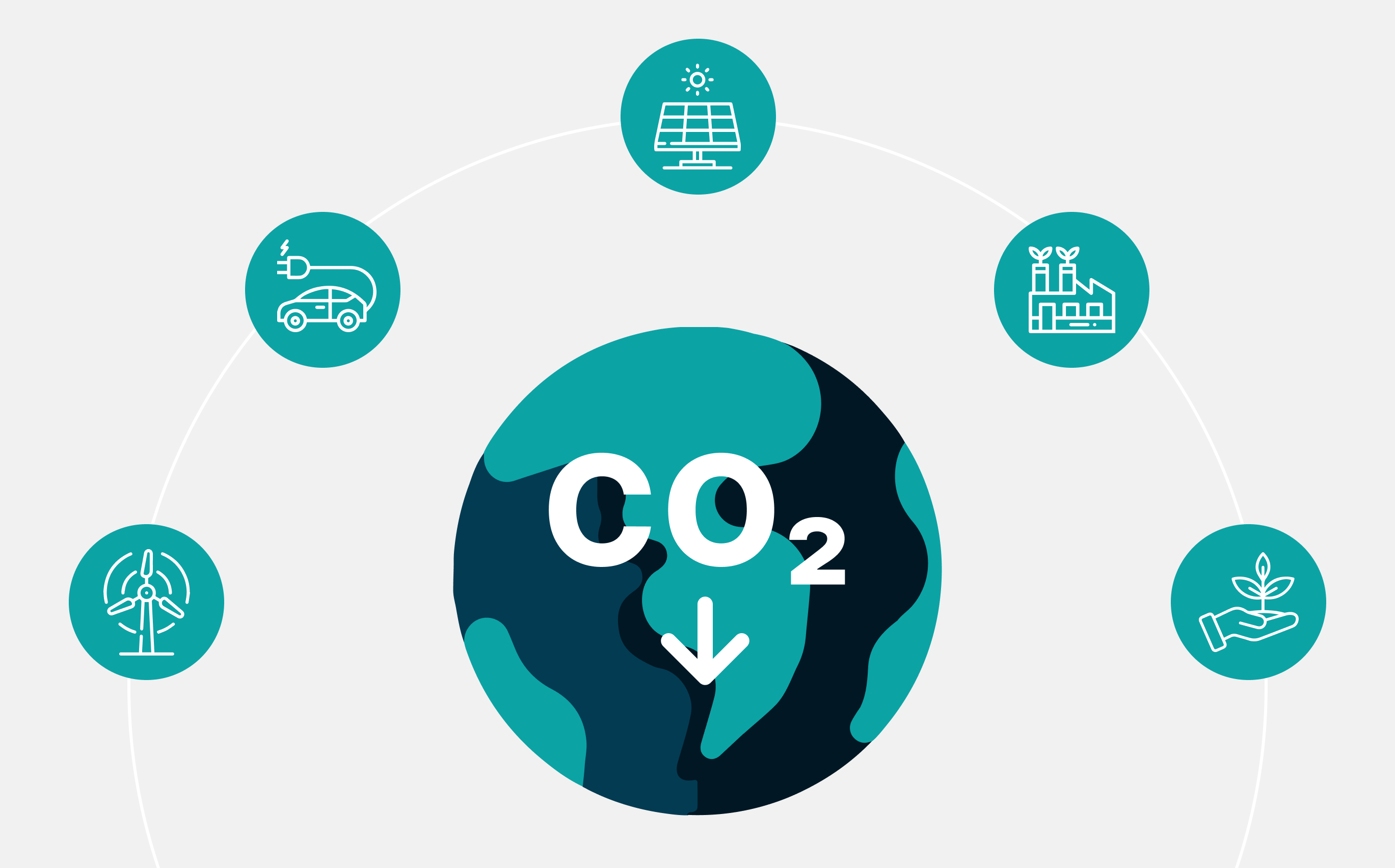How configurators contribute to greater sustainability
Why is sustainability reporting becoming increasingly important?
Sustainability reporting is no longer just relevant for corporations, but is becoming increasingly important for many companies, including smaller ones. On the one hand, legal changes, such as the introduction of the Supply Chain Act on January 1, 2023 in Germany, are driving sustainability reporting forward. This obliges local companies to fully document their supply chains in terms of sustainability. Since then, numerous Swiss suppliers have also been affected (NZZ, 25.09.2023).
On the other hand, it is also consumers and consumers who are increasingly paying attention to sustainable products and demanding this information. According to a McKinsey survey (McKinsey, 27.05.2021), more than three quarters of German consumers (78%) consciously pay attention to factors such as carbon footprint when shopping. More than half (51%) state that they consciously choose sustainable products or even want to spend more on them than before the pandemic. In Austria and Switzerland, 48% of respondents say the same.

«Sustainability is becoming increasingly important in purchasing decisions for around half of consumers. »
Deloitte-Study: Sustainability Trend under Pressure 2022
CO2 configurator from praxis

3D facade configurator with CO2 balance calculator
We will show you how configurators can contribute to sustainability reporting, also using the practical example of the company Arcora (Ingérop Group).
The browser-based 3D CO2 configurator is an innovative solution to enable architects and engineers to design environmentally friendly façade elements in 3D while keeping an eye on CO2 emissions in real time. With its particularly user-friendly and fresh look, this tool contributes to the promotion of sustainable building projects and creates a resource-efficient and environmentally friendly option for the construction industry.
What do configurators have to do with sustainability?
Configurators can be used in various ways to calculate the ecological footprint and to create sustainability reports. They create transparency for customers, companies, legislators and investors. The rule-based real-time calculation of each configuration on your CO2 footprint gives you the opportunity to optimize the entire solution as early as the quotation process. See four possible applications here:
Creating individual consumption profiles
Configurators can be used by consumers to enter their individual consumption habits, such as energy consumption, means of transportation, eating habits, etc. Based on this information, the configurator can calculate the personal ecological footprint and display it to the user.
Internal company sustainability reports
Companies can use configurators to collect data about their operations, supply chains and products. They can then use this data to create sustainability reports that present their environmental footprint and other sustainability metrics.
Product optimization
Manufacturers can use configurators to create product configurations that are more environmentally friendly. This could include the selection of materials, production processes or transportation routes that reduce the environmental footprint.
Ecological education and awareness raising
Configurators can be used as educational tools to teach people about the impact of their behavior on the environment. Users can experiment and see how different choices affect their environmental footprint.
Avoidance of incorrect orders
Stored configuration logic and rules help to avoid errors when planning and manufacturing products. Production waste is significantly reduced.
Reduction of overproduction
By tailoring product design to individual customer requirements, the production of standardized mass-produced goods is reduced. Maintaining the desired project increases the longevity (long-term use) of a product and reduces the need for replacement purchases.